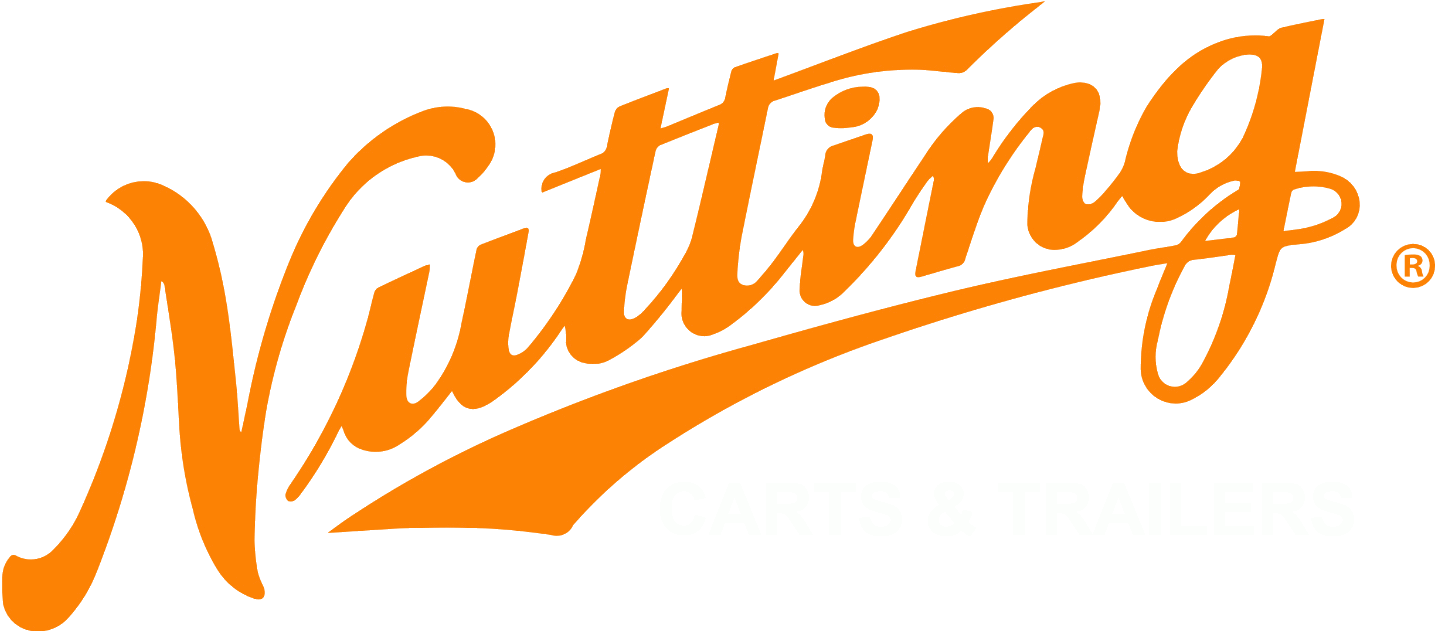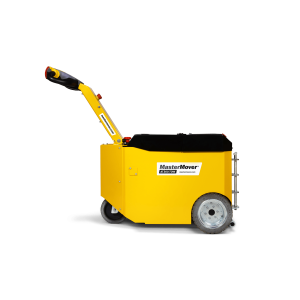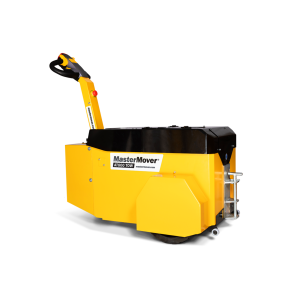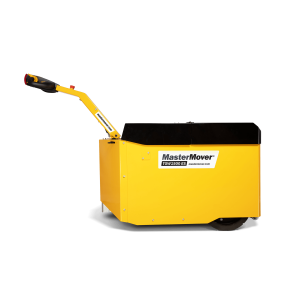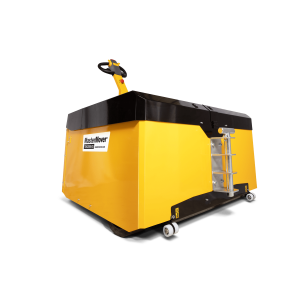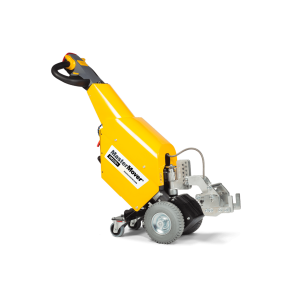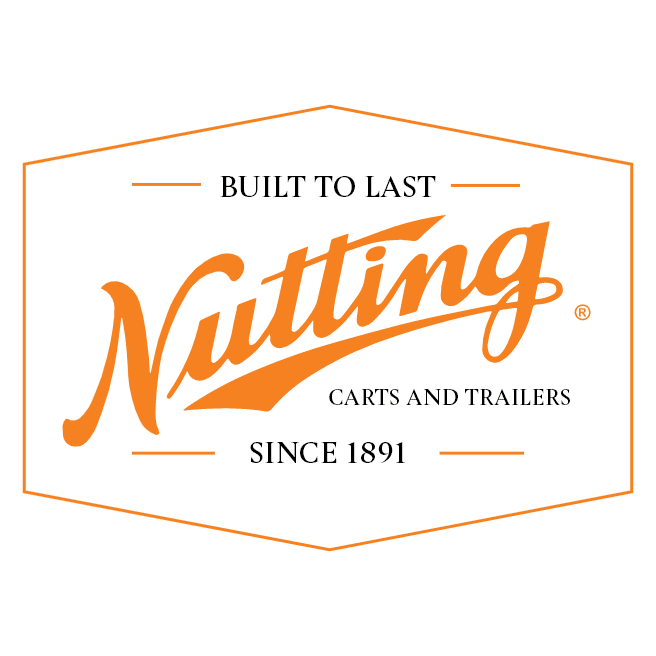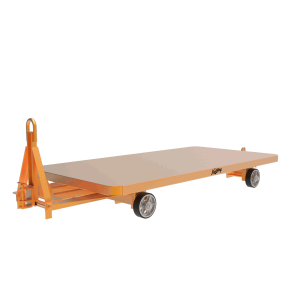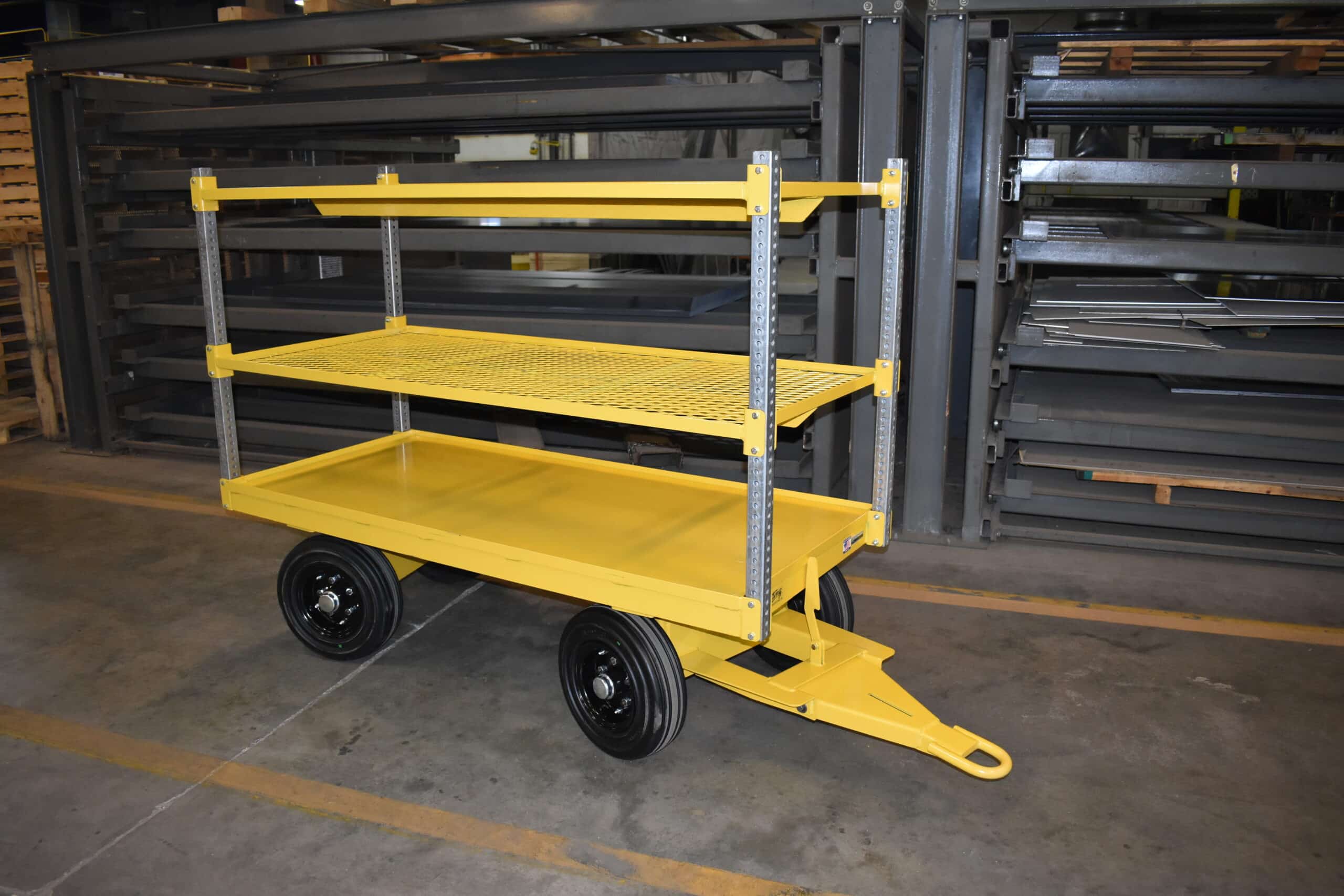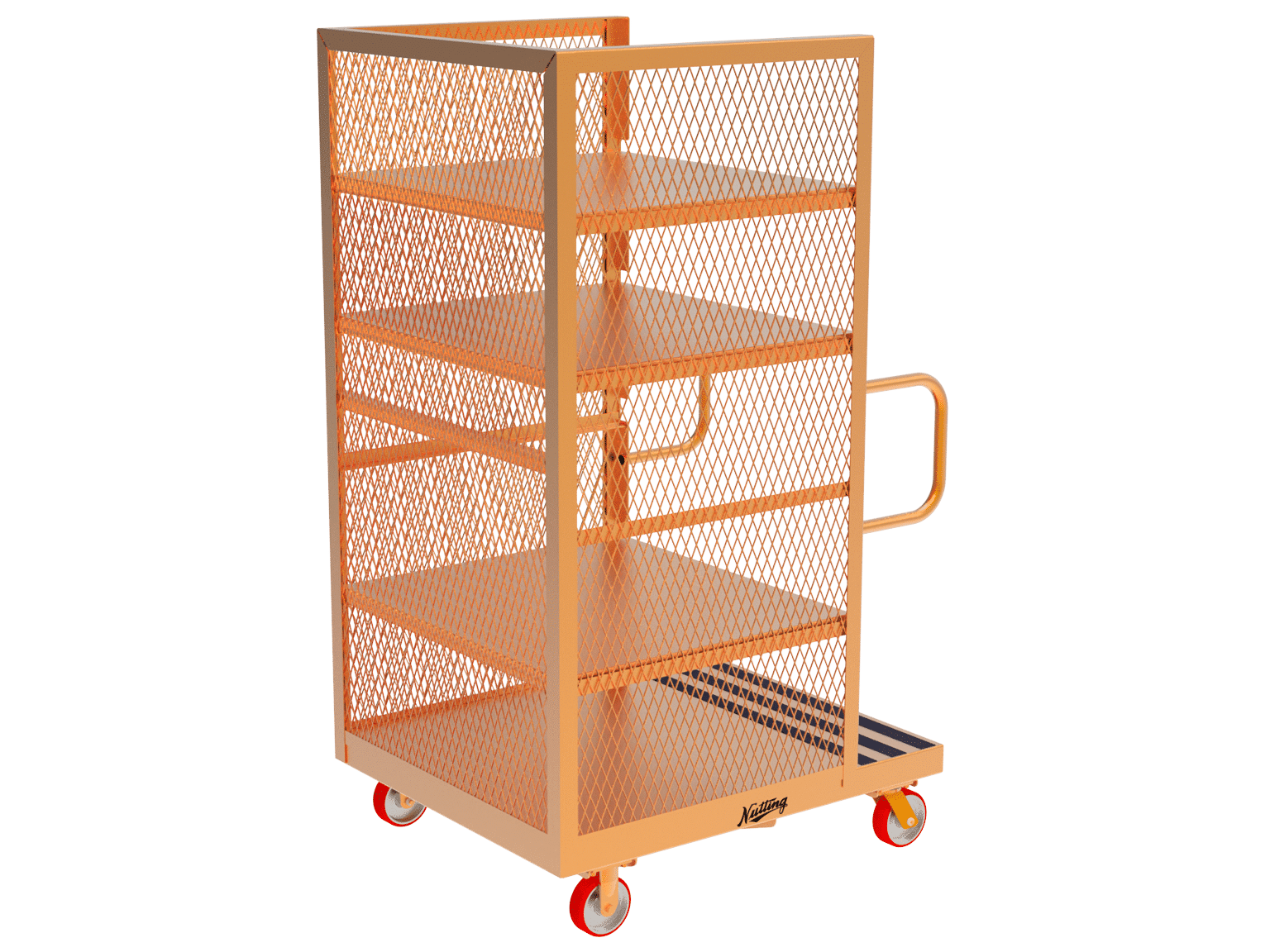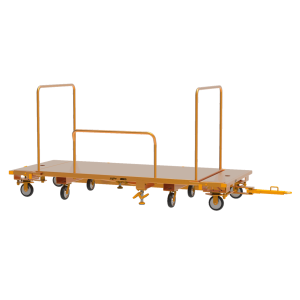Ergonomics enhances workplace safety and productivity. Proper equipment, like Nutting’s carts, is vital. Neglecting ergonomics risks worker health and output.
Ergonomics is the science of designing products and processes to harmonize with the physical capabilities of the human body. In the material handling world, ergonomics has always been relevant, but as technology advances, it’s essential to look for ways to improve continually. By embracing and applying ergonomic principles as a standard work practice, businesses safeguard their teams from injuries and accidents and boost productivity and operational efficiency. Let’s explore some of the benefits of ergonomics in the material handling sphere and gain insights into practical measures to elevate the ergonomic standards of your warehouse operations.
Material Handling and Its Ergonomic Challenges
Material handling is an integral component of industrial settings, facilitating the smooth flow of goods and products. It encompasses a wide variety of activities, from manual handling tasks such as lifting heavy items and carrying loads to the utilization of material handling equipment like electric tuggers and hand trucks. But as common as these work tasks are, they can also present challenges.
The Prevalence of Manual Material Handling
Manual material handling involves activities like lifting, carrying, and placing objects, often without the aid of machines. While manual handling practices are often a necessary part of warehouse operations, they increase the risk of injury, especially when dealing with heavy objects. The weight of the load, combined with the repetitive motion of the tasks, can lead to strain over time.
Musculoskeletal Disorders and Injuries
A major concern arising from inadequate ergonomic designs in the workplace is the development of musculoskeletal disorders. These conditions are related to the wear and tear of muscles, ligaments, and other parts of the musculoskeletal system. Poor postures, especially awkward postures that workers may adopt while handling heavy loads or reaching for items on the top or bottom of warehouse shelving units, are common culprits. Back injury, for instance, is frequently associated with improper lifting techniques, making it one of the most common work-related ailments.
According to the Bureau of Labor Statistics, musculoskeletal injuries, including strains and sprains, remain high-risk factors in the workplace, often leading to extended healthcare needs, job rotation, and other interventions to accommodate affected employees.
Work Environment and Contributing Risks
The work environment plays a key role in determining employees’ risk factors. Workstations and work areas cluttered with pallets, without clear paths for forklifts or hand trucks, or lacking proper lifting devices like hoists add layers of risk.
With agencies like OSHA and the National Institute of Occupational Safety and Health (NIOSH) emphasizing the importance of a safe working environment, it’s clear that addressing these challenges head-on with an ergonomic approach should be a high priority.
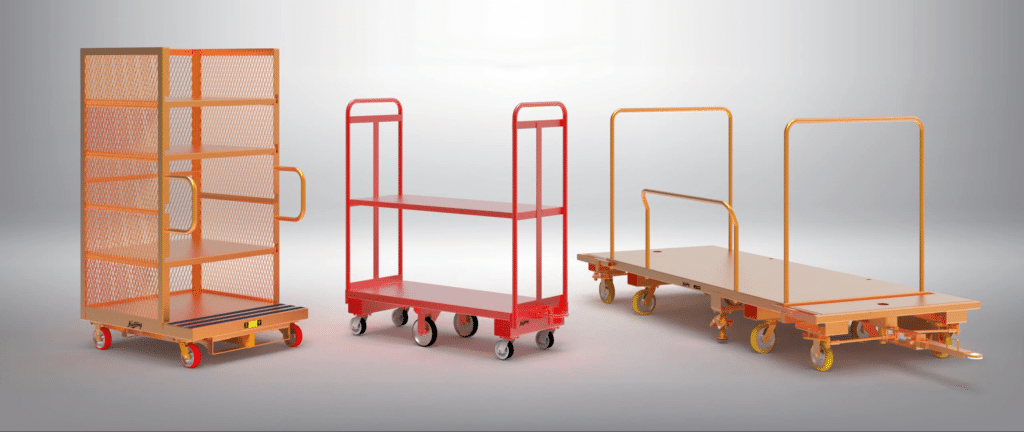
The Ergonomic Role of Industrial Carts
Industrial carts are versatile and straightforward, unlike forklifts, which can require specific training, and hoists, which are limited to vertical movements. They provide a stable platform for transporting goods, reduce the need for manual lifting, and streamline the flow of items in a facility.
The most evident advantage of using carts and material handling equipment is the significant reduction in physical strain on workers. Even when proper lifting techniques are used to move heavy loads manually, there’s an increased risk of injury and fatigue. Carts eliminate many of these concerns, allowing for safer and more consistent transportation of goods. With the integration of ergonomic designs, these carts become even more user-friendly, further reducing the chances of mishandling or accidents.
Ergonomic Cart Designs
Ergonomic cart designs prioritize user comfort, safety, and efficiency, ensuring that carts not only fulfill their material handling roles but also support the well-being of their operators. Let’s look at some of the ergonomic aspects often incorporated into modern industrial carts.
Adjustable Handles
Adjustable handles cater to the diverse height and reach preferences of different operators. A too-low or too-high cart can force the operator into awkward postures for long periods, increasing the risk of musculoskeletal injuries. With adjustable handles, the cart can be tailored to fit the operator’s natural posture, reducing strain on the back and upper body.
Wide Platforms
A wider platform can provide more space to organize and transport goods. This allows for greater capacity and ensures that items can be placed and retrieved without excessive reaching or bending, eliminating unnecessary strain on the back and shoulders.
Low-friction Wheels
High-quality, low-friction wheels make initiating and maintaining movement easier, reducing the force required to push or pull the cart. This results in less exertion and fatigue, especially when transporting heavy loads over long distances.
Rounded Edges
Sharp edges and corners can be hazardous, especially in tight spaces or during quick maneuvers. Rounded edges reduce the risk of bruises, scrapes, or more severe injuries, ensuring safer navigation through workstations.
Ergonomically Designed Grips
The design of the cart’s grip can significantly impact hand and wrist comfort. Ergonomically designed grips conform to the hand’s natural curvature, minimizing the pressure points and reducing the risk of repetitive motion injuries.
Brake Systems
Effective brake systems are important for carts, especially when loaded with heavy items. An ergonomic design would include easy-to-use brakes that can be engaged without straining the foot or hand, ensuring that the cart remains stationary when needed and reducing risks associated with unintended movement.
Flexible Shelving Options
For carts designed to carry a variety of items, adjustable shelving can be a game-changer. It allows operators to customize the cart’s storage layout, ensuring that items are within easy reach and reducing the need for awkward postures or overexertion.
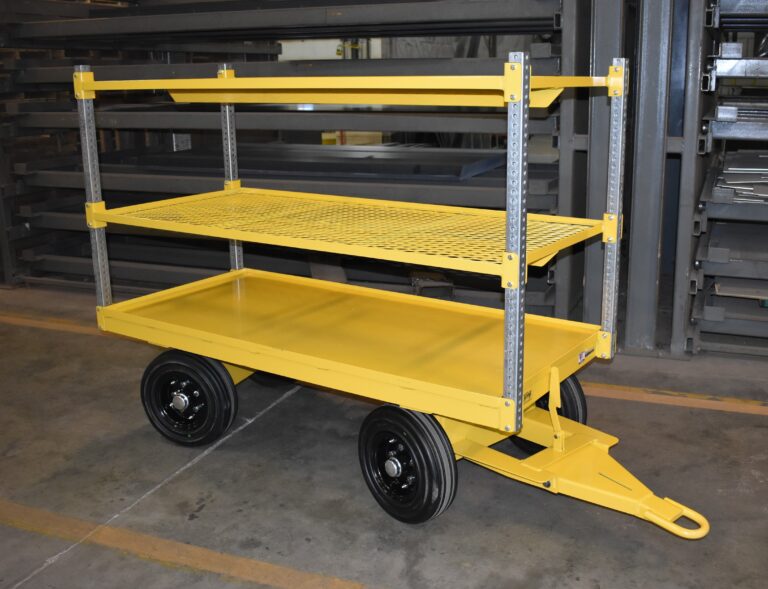
Lightweight Materials
While strength and durability are key factors in cart design, using lightweight materials for the cart’s construction ensures that the inherent weight of the cart doesn’t add to the load. This means less force is required to move the cart, particularly when it’s not heavily loaded.
Prioritizing Ergonomics for Safer Material Handling
Integrating ergonomics into material handling is necessary in today’s work environments. As the material handling landscape evolves, companies must stay ahead by investing in ergonomically designed equipment. If you need a new cart or trailer quickly and affordably, our Rapid Ship industrial carts, order picker platforms, and tugger trailers are built to the highest durability standards. Make the smart choice and prioritize ergonomics in your material handling solutions today.
